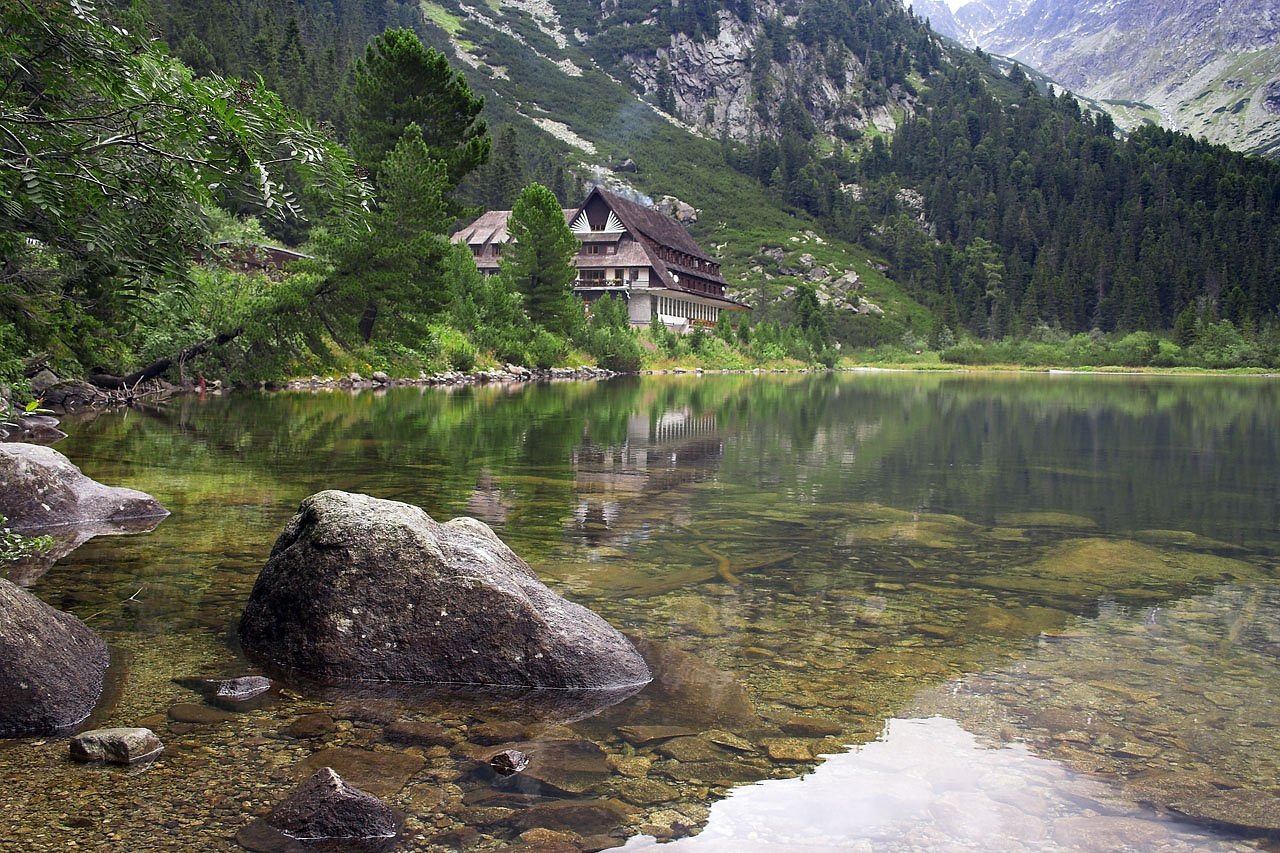Cultural Sensitivities: Understanding Local Norms in Slovakia
Slovakia, located in Central Europe, is a country known for its rich history, stunning landscapes, and vibrant culture. To truly appreciate and connect with the locals, it is crucial to understand and respect the cultural sensitivities and norms that shape their daily lives. This article aims to provide an in-depth exploration of various aspects of Slovakian culture, helping visitors navigate social interactions and avoid unintentional misunderstandings.
Language and Communication
In Slovakia, the official language is Slovak. Although many locals speak English, especially in tourist areas, making an effort to learn a few basic Slovak phrases will be greatly appreciated. Greetings, such as “Dobrý deň” (Good day) and “Ďakujem” (Thank you), can go a long way in establishing a positive connection with the locals.
- Greetings: Slovakians value polite greetings. When meeting someone for the first time, a firm handshake is customary. Men often greet women with a kiss on the cheek, while women may exchange kisses among themselves.
- Personal Space: Slovakians generally appreciate personal space and tend to stand at a comfortable distance during conversations. It is important to respect this distance and avoid intrusive behavior.
- Eye Contact: Maintaining eye contact during conversations is seen as a sign of respect and attentiveness. However, prolonged eye contact may be interpreted as aggressive or intrusive, so it’s best to strike a balance.
Etiquette and Social Customs
Understanding the local etiquette and social customs is essential for a smooth and respectful experience in Slovakia. Here are some key points to keep in mind:
- Dining Etiquette: When dining with locals, it is customary to wait for the host to start eating before you begin. It is also polite to keep your hands visible on the table during the meal.
- Gift Giving: If invited to a Slovakian home, it is customary to bring a small gift for the host. Flowers, chocolates, or a bottle of wine are common choices. Avoid giving even numbers of flowers, as they are associated with funerals.
- Religious Customs: Slovakia has a significant Catholic population, and religious customs are respected and observed. When visiting churches or religious sites, dress modestly and behave respectfully.
Slovakian Cuisine
Slovakian cuisine reflects the country’s agricultural traditions and neighboring influences. Exploring the local food scene is a delightful way to immerse yourself in the culture. Here are some traditional Slovakian dishes to try:
- Bryndzové Halušky: This iconic dish consists of potato dumplings served with sheep cheese and topped with bacon. It is a must-try for cheese lovers.
- Kapustnica: A hearty sauerkraut soup typically enjoyed during Christmas, Kapustnica is made with various meats, sauerkraut, mushrooms, and spices.
- Trdelník: A popular sweet treat, Trdelník is a warm, cinnamon-coated pastry that can be found in many street markets.
Slovakia Image 1:

Traditions and Festivals
Slovakia is known for its vibrant traditions and festivals, which provide a glimpse into the country’s cultural heritage. Here are a few notable celebrations:
- Vianoce (Christmas): Christmas is a cherished holiday in Slovakia. Families gather together, exchange gifts, and enjoy traditional dishes like carp and potato salad.
- Ľudové slávnosti (Folk Festivals): Throughout the year, various folk festivals celebrate Slovakian traditions, music, dance, and crafts. These festivals offer a unique opportunity to experience the country’s cultural diversity.
- Púty (Pilgrimages): Slovakia has several pilgrimage sites, attracting both religious pilgrims and tourists. The most famous pilgrimage site is Šaštín, known for its Basilica of Our Lady of Sorrows.
Slovakia Image 2:

Outdoor Activities
Slovakia’s picturesque landscapes offer a wide range of outdoor activities for nature enthusiasts. Here are some popular options:
- Hiking: With its stunning mountains and national parks, Slovakia is a paradise for hikers. The High Tatras and Slovak Paradise National Park offer breathtaking trails for all skill levels.
- Skiing: During the winter months, Slovakia’s ski resorts attract locals and tourists alike. Jasna and Štrbské Pleso are among the most popular ski destinations.
- Cycling: The country’s well-maintained cycling routes allow visitors to explore Slovakia’s scenic countryside at their own pace.
Slovakia Image 3:

Art and Architecture
Slovakia boasts a rich architectural heritage, ranging from medieval castles to modernist masterpieces. Here are some notable examples:
- Bratislava Castle: Dominating the skyline of Slovakia’s capital city, Bratislava Castle offers panoramic views of the city and the Danube River.
- St. Elisabeth Cathedral: Located in Košice, this Gothic cathedral is the largest church in Slovakia and a UNESCO World Heritage Site.
- Orava Castle: Situated on a hilltop overlooking the Orava River, Orava Castle is one of the most picturesque castles in the country.
Conclusion
By familiarizing yourself with the cultural sensitivities and norms in Slovakia, you can enhance your travel experience and build meaningful connections with the locals. Remember to approach each interaction with respect and an open mind, and you will be rewarded with a deeper understanding of this beautiful country and its people.
References
- Gypsy Warrior: gypsywarrior.com


